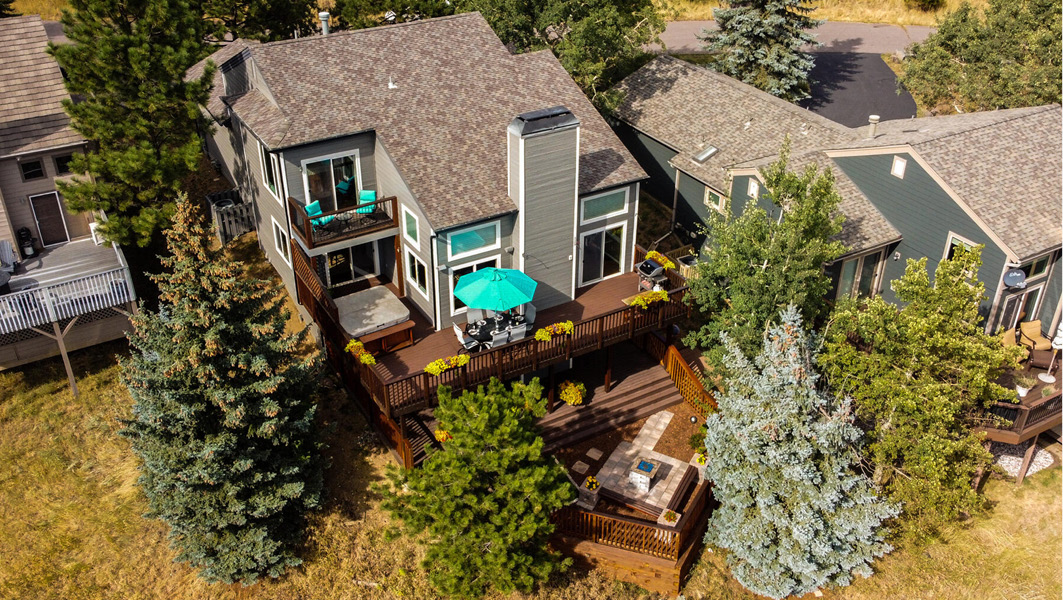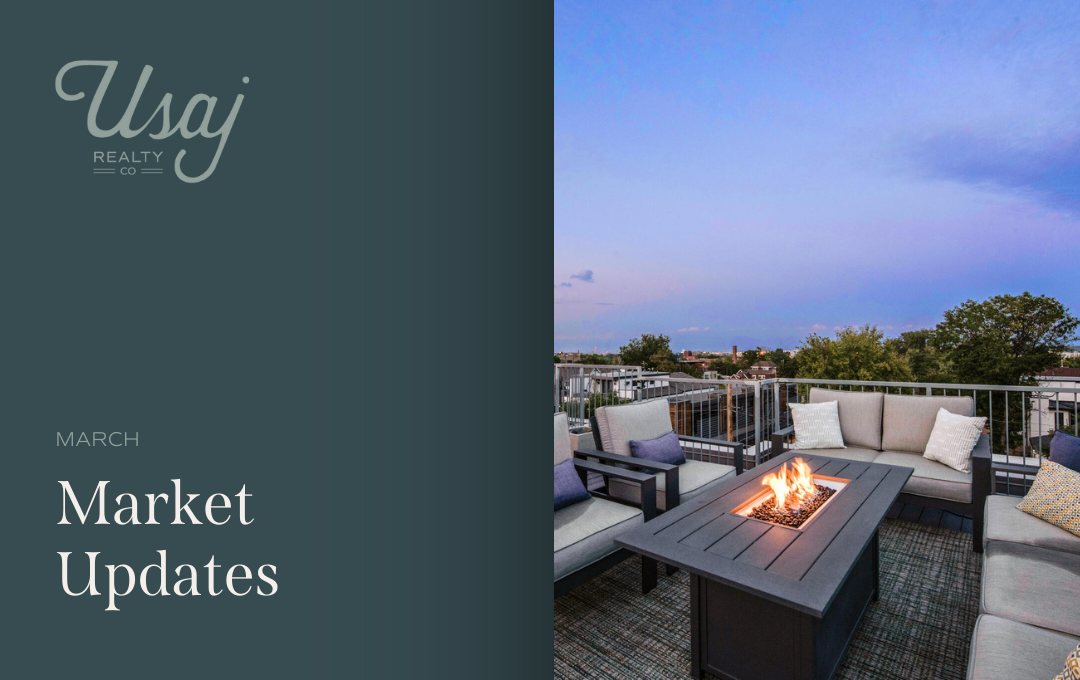When evaluating a timeline for you to buy a home, playing the waiting game may literally cost you if you remain on the sidelines.
While it’s difficult to know the exact best time to make what may be the biggest purchase of your life, the most recent figures and projections point to “now” rather than “later.”
The Denver Metro Association of Realtors March report shows that in just one year, the average price of a single-family home has increased 17 percent. Right now, a single-family home in the Denver area costs an average of $739,950. Last year at this time, that price was $632,581. The median price for a single-family home is currently $635,000.
Get the idea?
Significant Home Appreciation Likely to Continue
While it’s unlikely that 17% appreciation will continue, it’s equally doubtful you’ll see significant price drops. Both Freddie Mac and Fannie Mae are predicting home prices will see moderate growth of at least 5% in 2022.
But 5% may well be on the low end. According to a new Goldman Sachs market forecast, there is speculation that home prices may not have reached their peak. Goldman Sachs economists predict that home prices will grow another 16% by the end of 2022.
According to Yahoo! News, “The rapid increase in home prices over the past year is due to a number of colliding factors, including low interest rates, tight housing inventory, pandemic-induced migration patterns, and an increase in millennials entering the home buying market. In addition, as fears of inflation increase, many investors are purchasing properties as a hard asset.”
“The supply-demand picture that has been the basis for our call for a multi-year boom in home prices remains intact,” wrote a Goldman Sachs team of economists led by Jan Hatzius in a recent note, according to Yahoo! News. “Housing inventories remain historically tight, and surveys of home buying intentions remain at healthy levels.”

Home Inventory Continues to be Low
The lack of newly built homes isn’t helping the demand. The home building industry has been slow in adding more homes to the inventory as a result of serious supply chain issues, the rising cost of materials, and labor shortages. According to the U.S. Bureau of Labor Statistics, the construction industry needs over 200,000 workers to meet demand.
Meanwhile, home inventory in the Denver Metro area is at an all-time low. In March, the DMAR reported there were a mere 1,226 listings for detached and attached homes, and that inventory goes under contract quickly. The average number of days on the MLS is a measly 15 days.
The good news is that mortgage rates are still relatively low when considering historical data. Twenty years ago, the rate for a 30-year fixed mortgage was 6.5 percent. Right now, the rate is 4.875 percent and 15-year fixed rates are at 4 percent.
But, interest rates are on the move and have already increased a 1.5 percent points since the start of the new year. According to the Mortgage Bankers Association, the average monthly payment on new mortgages jumped 25 percent in February compared with last year.
Lower Interest Rates Make Home Buying More Affordable
Speaking of interest rates, it’s exceedingly important to understand how what may seem like minuscule increases in the rate will impact your mortgage payment.
To put this in perspective, take a home that is currently listed at $500,000. You decide it’s better to wait until next year. But as stated earlier, both Freddie Mac and Fannie Mae are predicting home prices will see a growth rate of at least 5% in 2022. That means the $500,000 home will cost $25,000 more in 2023.
Here’s another snapshot of what waiting can cost you:
- Say you decide to buy that $500,000 home right now. You’re looking at an interest rate of 4.875 percent for a 30-year fixed mortgage. With a 20 percent down payment ($100,000), you’re looking at a monthly mortgage payment of approximately $2,762 (includes principal +interest, property taxes of $6,000, and home insurance of $1,750).
- If you decide to wait until next year, the interest rate is projected to rise. Let’s say the mortgage rate increases to 5.5 percent. The $500,000 home is now valued at $525,000 (5 percent increase from 2022). You decide to make your move and put down a $100,000 down payment. With the same values as above, you are facing a monthly mortgage payment of $3,058 per month.
Buying now instead of waiting will save you almost $300 per month and $3,600 per year.
Buying a Home is Like Having a Savings Account
Keep in mind that buying a home is a great investment. Home prices in the Denver metro area have increased dramatically (17% in just one year). That is a big increase in not only pricing but the value of homeownership. It’s important to think long-term with homeownership and look at it like a savings account that your parents insisted you have. Additionally, buying a home and renting it out is a great tool to earn additional income.
Furthermore, you will benefit from being a homeowner when it comes to tax time. There are meaningful tax benefits, regardless of whether you do standard or itemized deductions. You will quickly see the advantages of owning a home when you can:
- Deduct mortgage interest you pay up to $750,000
- Deduct state and local property taxes up to $10,000
- Deduct any points you paid
- Deduct costs associated with having a home office if you primarily work from home
- Deduct tax credits if you have made energy-efficient improvements to your home
Make sure to talk to your tax advisor before the end of the year to learn about how a home purchase can benefit you when tax time rolls around.
And most importantly, start planning and don’t wait!
(Editor’s note: This blog was originally published in October 2021. It has been edited and updated with the most current information available).





